After two weeks exploring Botswana, Zimbabwe, and the northern part of South Africa, we turned our attention to the southern-most tip of the African continent. We flew from Kruger National Park to Cape Town, where we spent our final few days exploring life at the end of the world.
Cape Winelands
We started our stay on the cape at The Village at Spier, a pretentious hotel and entertainment complex located on a winery outside Stellenbosch. Stellenbosch is a part of the Cape Winelands, a hilly region in the Western Cape province well-known for its chenin blanc, cabarnet sauvignon, and — my favorite — sauvignon blanc.
On Saturday, we settled at Spier, which has been made to sort of resemble a European village. On a quiet, sunny Sunday morning, we boarded a bus for a tour of the surrounding wine country. We drove into the university town of Stellenbosch, where we took time to walk around and look at shops. The population here seemed mainly Afrikaner, meaning the white descendants of the Dutch, German, and French settlers of the area. (This is as opposed to the predominantly black population in Johannesburg, Kruger, and Cape Town itself.) Much of the signage was in both Enlish and Afrikaans. Many people were dressed in their summer finery — because mid-February in South Africa is the equivalent of mid-August in Oregon — going to church services.
Next, we drove to Franschhoek, an even smaller village higher in the wine country. We had a little time to wander around, so Kris and I bought gelato and watched a pair of owls that are long-time residents of a particular tree.
After a brief look around Franschhoek (again, much too brief for my liking), we drove to Dieu Donné, a nearby winery, where we tasted a few wines and then ate a fine lunch.
Back at the vast Spier complex, Kris and I toured Eagle Encounters, a bird-rescue facility, and Cheetah Encounters, a similar program for big cats. I wasn’t feeling well in the evening, so we skipped the scheduled wine-tasting event to have a quick, quiet dinner in the bar with Coy and Margaret. In the evening, we watched The Social Network on the iPad. We were unimpressed. (What’s the big deal? Why does everyone love this movie? It seems pedestrian, almost pointless.)
Table Mountain
Monday morning, we left Spier and drove into Cape Town. Our bus took us to the base of Table Mountain, where we took the cable car to the top. We only had half an hour to take in the lovely view (again, I felt rushed), of which no photos can do justice.
It’s almost impossible to describe table mountain in a way that conveys its grandeur. Even photos and video don’t really give the whole scope of the thing. But let me try.
Table Mountain makes up the southeast border of Cape Town. It’s a three-kilometer (roughly two-mile) long plateau set a few kilometers back from harbor itself. The mountain is about 1000 meters tall, and is almost perfectly flat. (Well, “perfectly flat” in the grand scheme of things. It’s actually very rough and rock up top, but the overall effect is one of level-ness.) Because of the mountain’s position and its flat top, it’s often covered by “the tablecloth”, a blanket of flowing, white clouds. Again, the effect is amazing, and you really have to see it in person to understand. When the clouds come over the top of the mountain on a south-easterly wind, they cascade down the face of the cliff toward the city. It’s like a waterfall of clouds. It’s awesome.

Looking down at Cape Town from atop Table Mountain. The tip of my sleeve is
almost exactly touching the point from which I took the top photo. [Photo by Phil.]
Back at the base of the mountain, we made a brief tour of the city, including a stroll through the Company’s Garden, a large park in the middle of Cape Town. We were then subjected to an hour-long shopping stop at a local jewelry manufacturer. (To the credit of Brian, our tour manager, he applied no pressure here.)
After checking into our hotel, Kris and visited the Victoria and Alfred Waterfront, which is one of Cape Town’s primary attractions. The V&A Waterfront is a touristy shopping area along the main harbor. It’s filled with shops, restaurants, singing groups, and more.
Cape Point
The next morning, we set out early for an all-day trip from Cape Town south to Cape Point, then back up the east side of the peninsula. Cape Point is the southwestern tip of the African continent (thought its not actually the southern-most point.)
On our journey, we spent an hour at an ostrich farm, where we listened to short lecture about the birds, looked at some baby ostriches, and then fed the animals by hand. Because this was another shopping stop, several people bought ostrich eggs and ostrich-leather purses.
Next, we drove to the Cape of Good Hope and to Cape Point (which are about 2.3 kilometers apart and visible from each other), where it’s traditionally said that the Atlantic Ocean and Indian Ocean meet. After a nice lunch, we rode the funicular to the lighthouse at Cape Point, where it seemed like we could look off to the end of the earth.
On our drive back to Cape Town, we stopped at Simon’s Town to visit a colony of penguins.
Cape Town
At long last — on the 17th day of our trip — we had a “free day”. We slept late, which felt great. After breakfast, Kris and I set off in search of Church Street, where it was rumored we could find some antique shops. (I’m still not clear on what Kris wanted South African antiques for or how she intended to get them home.)
Our path was re-routed by road construction, so we ended up at St. George’s Mall, a pedestrian thoroughfare filled with street vendors. We each bought a used book, then made our way through the Company’s Garden again.
At the top of the Company’s Garden, we stopped to tour the South African Museum — our first museum of the trip. (Contrast this to our visit to Europe last autumn, when it seemed like all we did was tour museums!) Our tour manager Brian had dismissed this as suitable only for schoolchildren, but we thought it was well worth the R15 (~$2) admission. We saw a Darwin exhibit, whale skeletons, prize-winning nature photographs, an enormous interactive model of the earth, and a 1970s-era display of Bushmen life.
After a couple of hours at the museum, we found our way to Church Street, though we decided not to browse the antique shops. Instead, we followed the trail of street vendors down to Greenmarket Square, where I spent nearly R1000 on tobacco! (A small shop had clove cigarettes. These are now illegal to sell in the U.S., but popular when my friends I enjoy the smoking porch. When I can find them in other countries, I buy them.) Kris and I ate lunch at the edge of Greenmarket Square.
In the late afternoon, we lounged by the pool. Jim Booth — who organized this trip for Willamette‘s alumni office — hosted a cocktail party in the evening, at which 13-year-old Ruby debuted her brand-new hair-do.
Robben Island and Langa Township
On our final day of the trip, we saw some of the darker sides of Cape Town.
First, we boarded a ferry for the trip to Robben Island (or “seal island”), which lies about seven kilometers west of Cape Town. For 300 years, Robben Island served as a penal colony. Nelson Mandela spent about seventeen years imprisoned here.
Because I’d spent much of the trip reading about Mandela, I was looking forward to this visit. I didn’t know much about him when we started, but the more I learned, the more I liked. Mandela is a great man — and yet very human. There’s much to admire in him.
Ultimately, though, I found the tour of Robben Island disappointing. It lacked context. It felt rushed. If I hadn’t been done my own background reading, I don’t think I’d have got much out of this tour. As it is, I got very little. Still, after everyone else had gone, I lingered at Mandela’s cell to pay my respects.
In the afternoon, Kris and I took the optional “cultural tour” of Langa Township. Again, this felt rushed. (Can you see how this is a theme of this trip? I loved everything I saw, and wanted to spend more time at each place.) We rushed through District Six, a former inner-city residential area for blacks and coloreds (remember: “colored” means mixed-race in South Africa), which has a rich cultural history.
But for me, the highlight of this excursion — and perhaps for the entire trip — was our visit to Langa Township. Here’s what Wikipedia has to say about townships:
During the Apartheid era, blacks were evicted from properties that were in areas designated as “white only” and forced to move into segregated townships. Separate townships were established for each of the three designated non-white race groups (blacks, coloreds, and Indians)…
Townships sometimes have large informal settlements nearby. Despite their origins in apartheid South Africa, today the terms township, location, and informal settlements are not used pejoratively.
Townships are permanent communities. As part of a township, there might be one or more “informal settlements”. You may know of informal settlements by less flattering terms, such as squatter camps or shantytowns.
For our tour of Langa Township, a young woman nicknamed Sugar (who lives in Langa) described how the local people work and live. As in any community, there are different levels of wealth in Langa. Some folks have relatively nice homes, with yards and garages and fences; we were told these belong to people who have university degrees: teachers, nurses, doctors and lawyers. These homes would seem small in the U.S., but are positively luxurious compared to the shacks in the informal settlements just a few hundred meters down the road.
Sugar led us on a short walking tour of some of the government-built housing in Langa. We were able to see two homes. I didn’t see much of the second because I stopped to talk with a girl in the first house (I couldn’t understand her African name, I’m afraid). I started by asking her about her life, but she was actually more curious about me. Where did I come from? Did I like Africa? And so on.
I learned so much from this three-hour tour that I can’t possibly share it all here. Besides, you’re probably bored after reading this far. Instead, I’ve compiled this 9-minute video that features Sugar and Sophia (our guides) talking about the daily lives of township residents, especially from a financial perspective. I’ve done my best to annotate things to head off confusion.
This video is the cornerstone of this entire post.
I wish more of our trip could have been focused on meeting the people. While others appreciated the birds and the animals and the spectacular scenery, I got so much out of our brief interactions with actual South Africans and Zimbabweans.
Farewell to Africa
Back at the hotel, we were treated to a chaotic (read: African) farewell dinner. The food and wine were served in fits and starts, with some tables (or people) being served their main course while others had to wait for their appetizer. But it was all good. We enjoyed each other’s company, and reminisced about the trip.
On the morning of Day 19, we boarded a plane for Johannesburg to begin our 36-hour trip home.
I don’t think Kris and I really knew what to expect before our trip to southern Africa, but we both loved it. Kris had been wary, I think, worried about violence and crime. But we both came to love the land, the animals, and — especially — the people. I’m glad we did this. In fact, I’d encourage more people to consider southern Africa when they plan vacations. Sure, it’s a bit more expensive and requires a bit more time, but the rewards are worth it. Who cares about a Mexican resort when you can come home with memories of elephants and hippos and bush dinners — and of Langa Township…
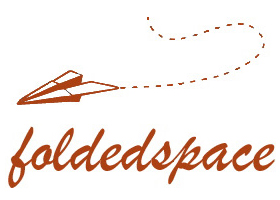

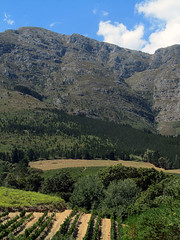

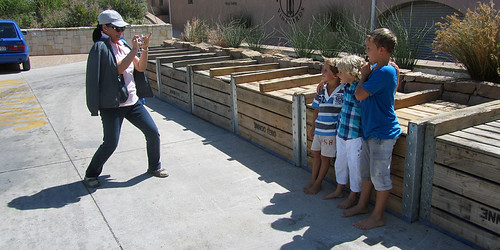
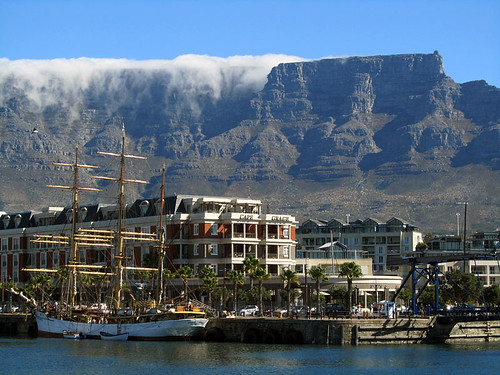

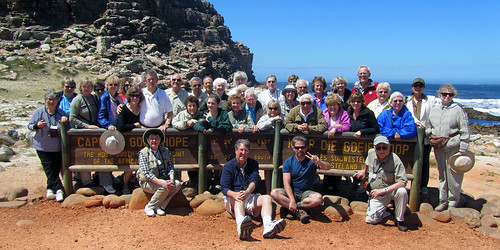

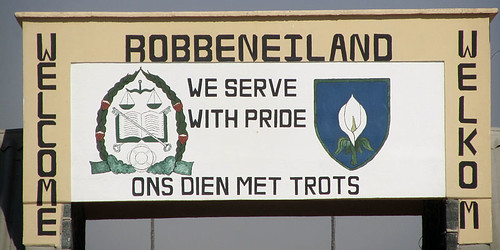
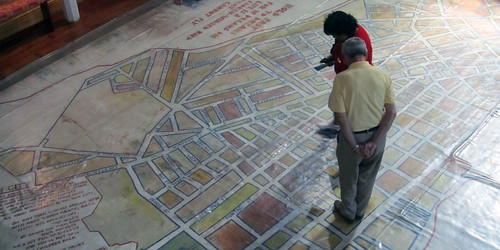
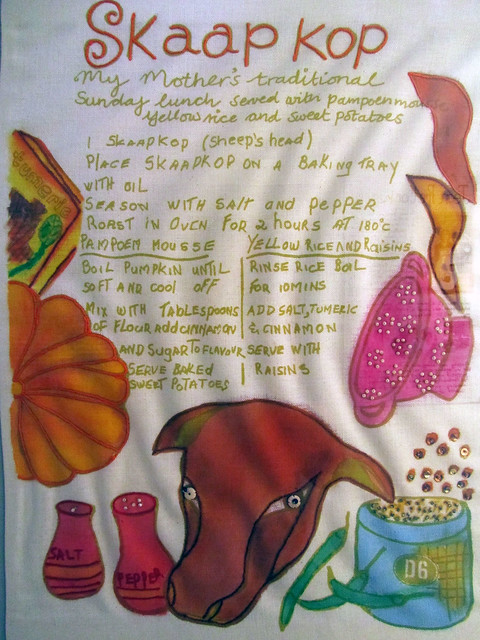
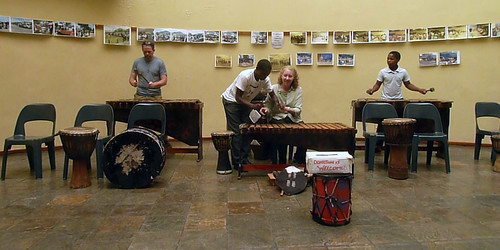
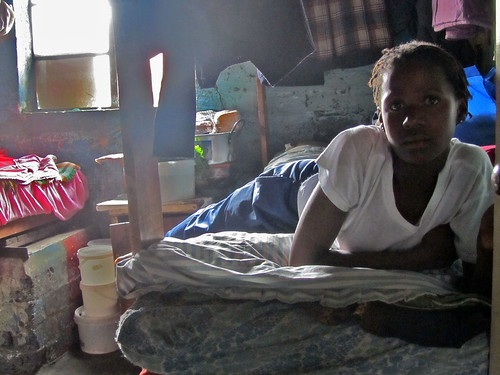
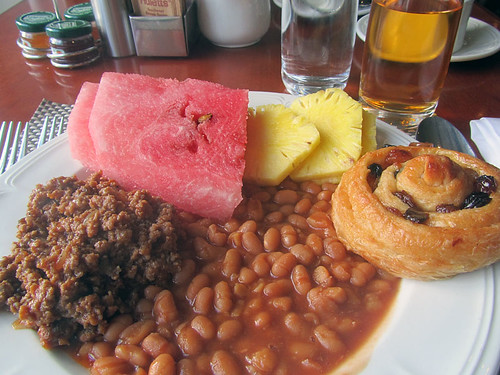
Oh how I miss Cape Town! I spent two years in South Africa as an LDS missionary. It helped inspire my budget application: https://inzolo.com/about/
Hey JD! You have visited my home town! I grew up in Cape Town and know all the places you mention intimately. It was very interesting to “see” my birth country through the eyes of a tourist from the USA. It looks like you’ve enjoyed your stay.
Greetings,
Hendie
JD . . . Loved reading about your trip, I am a big one for journaling while I travel!
I traveled to Africa in 2009 to Kenya and had a fabulous opportunity at the time to live with friends who worked for the State Department for about 3 weeks. I also took a fantastic 9 day safari and vowed to return.
My friends have since moved back to the States, and I can no longer stay with them. Your guided tour seemed to be a ‘good one’, hitting areas I wanted to see on a return trip. I am thinking of traveling in 2012. Would you recommend this particular travel company? What did you not like about what they offered? Did the large size of your group (your group photo looked to have well over 20 people) impede you from seeing things you wanted to do?
Thanks, buddy . . . keep posting photos and memories! 10 years from now, you will treasure the fact that you recorded everything!
Laura
Humans are weird. So many of us go to animal-oriented things because we love animals, but we ignore how they are exploited in that process. Something called “Cheetah Encounters” sounds like a disaster for the cheetahs that are imprisoned there and that surely were abused in the “taming” process and drugged if they were allowed near humans. And how very strange to go view ostriches, learn about them, and then buy purses made of slaughtered birds! And eggs that were stolen from the birds and hollowed out only to sell to a silly tourist. We humans really are schizophrenic about animals.
Based on your complaints about Europe and Southern Africa, I hope you’ll learn the joys of traveling without the tour group on your next adventure. It’s easy to do! I promise! And you’ll have as much time as you want to do whatever you want. I find it’s also much more worthwhile to do LESS on a trip – fewer countries, fewer places, etc. Cramming in too much just leads to flying through a country, seeing cheesy highlights, and not really having any non-tourist experiences. It would have been so easy to spend your entire trip in any 1 country that you visited instead of racing through 4 or 5.
Also, you’re incorrect that Southern Africa is expensive. It’s expensive the way you did it. But, I traveled there for 3 1/2 months Lonely Planet/backpacker style, did everything I wanted to do, and it didn’t cost more than most other developing countries I’ve been to. Almost everything you did and saw can be done for a fraction of the price without a tour and with a bit more time.
Cape Town is simply one of the most beautiful places on earth, in my opinion! It’s so true that no picture quite captures the grandeur of Table Mountain. I’m not sure if you’ve seen this, but it’s pretty incredible in itself…
http://www.stumbleupon.com/su/4wS7ZO/leecasalena.com/fullmoonhike.swf
I think it was shot from Lion’s Head.